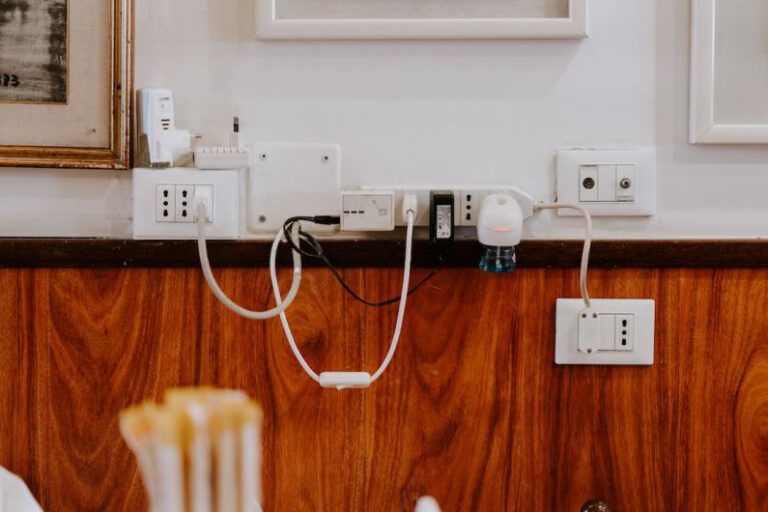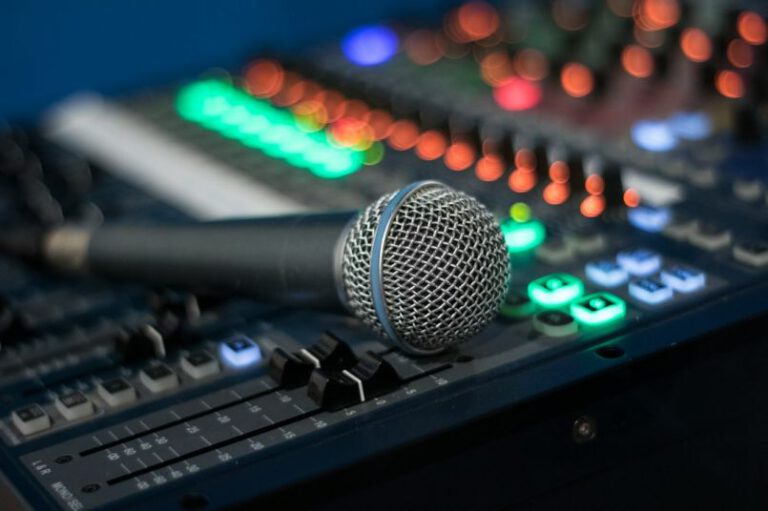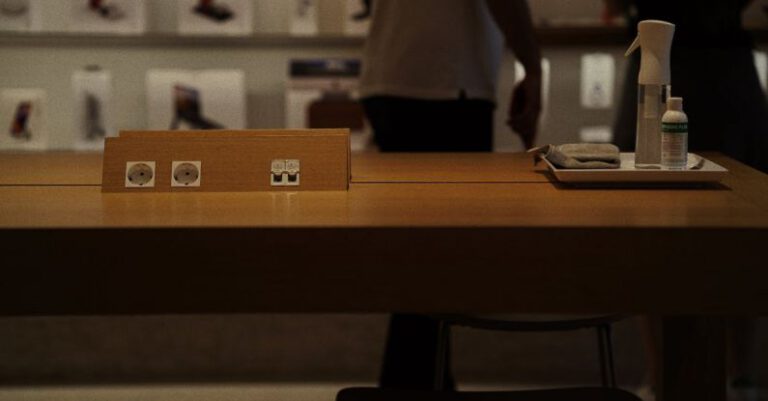Best Ways to Store and Protect Your Headphones
Headphones have become an essential accessory in our daily lives, whether we use them for work, exercise, or entertainment. However, many of us neglect the importance of properly storing and protecting our headphones, which can lead to damage and a shorter lifespan. In this article, we will explore the best ways to store and protect your headphones, ensuring that they remain in top condition for years to come.
Invest in a Protective Case
One of the most effective ways to store and protect your headphones is to invest in a high-quality protective case. A case provides a safe and secure place to store your headphones when not in use, preventing them from getting tangled or damaged. Look for a case that is specifically designed for your type of headphones, ensuring a snug fit and maximum protection. Some cases even come with additional compartments to store accessories such as cables and adapters.
Wrap Your Headphones Properly
Properly wrapping your headphones is crucial to prevent tangling and damage. Instead of loosely wrapping the cables around your hand or stuffing them in your bag, opt for a more organized approach. Start by holding the earbuds or ear cups in one hand and gently wrapping the cable around your other hand in a figure-eight motion. This technique prevents knots and tangles and keeps the cables neat and tidy.
Avoid Pulling on the Cables
One common mistake many people make is pulling on the cables of their headphones to remove them from their devices. This can result in damage to the cables and connectors over time. Instead, hold the headphone connector firmly and gently pull it straight out of the jack. Avoid yanking or twisting the cable, as this can cause strain and weaken the connection. Taking these small precautions can significantly extend the lifespan of your headphones.
Store in a Dry and Dust-Free Environment
Moisture and dust can be detrimental to the longevity of your headphones. When not in use, store them in a dry and dust-free environment, such as a drawer or a dedicated headphone stand. Avoid leaving them exposed on a desk or table where they can accumulate dust or be accidentally knocked over. If you live in a humid climate, consider using a dehumidifier in the room where you store your headphones to minimize moisture damage.
Clean Regularly
Regular cleaning is essential to keep your headphones in optimal condition. Use a soft cloth or a microfiber cloth to wipe away any dirt or debris from the ear cups, headband, and cable. Avoid using harsh chemicals or abrasive materials that can scratch or damage the surfaces. Additionally, clean the ear tips or ear pads regularly to prevent the buildup of dirt and bacteria. Following these simple cleaning practices will not only maintain the appearance of your headphones but also ensure hygienic usage.
Replace Worn-Out Parts
Over time, certain parts of your headphones may start to show signs of wear and tear. Instead of continuing to use them in this condition, consider replacing the worn-out parts. Many headphone manufacturers offer replacement cables, ear pads, and other accessories, allowing you to extend the lifespan of your headphones without purchasing an entirely new pair. Regularly inspect your headphones for any signs of damage and address them promptly to avoid further deterioration.
In conclusion, storing and protecting your headphones properly is essential for maintaining their quality and longevity. By investing in a protective case, wrapping the cables correctly, avoiding pulling on the cables, storing in a dry and dust-free environment, cleaning regularly, and replacing worn-out parts, you can ensure that your headphones remain in top-notch condition for years to come. Implement these practices into your headphone care routine, and you’ll enjoy crisp and immersive audio experiences for an extended period.






